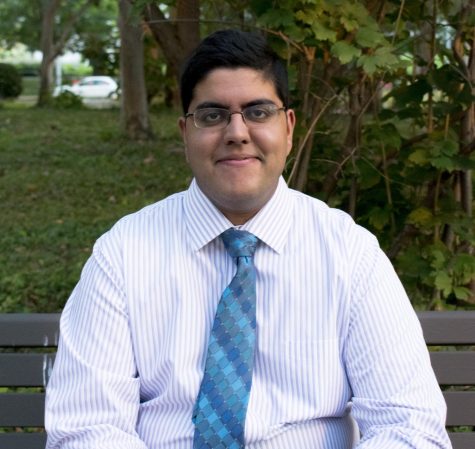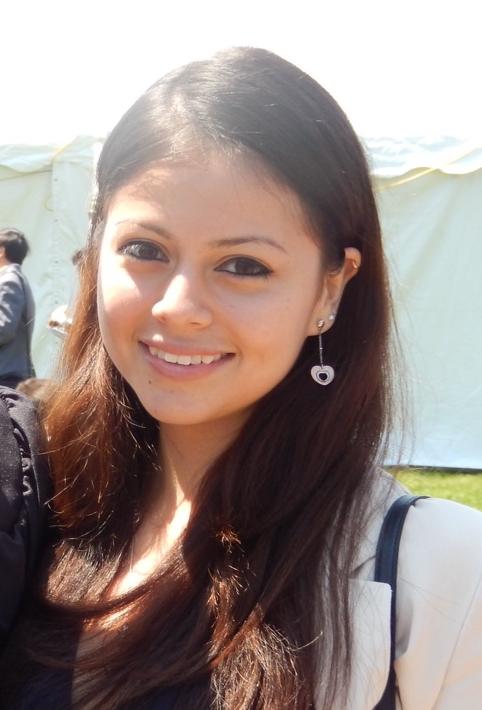Grow your own virus
Junior Diana Acosta grows viruses in plants.
Somewhere in the University Hospitals Case Medical Center is a room that contains a group of large refrigerators. These are specialized refrigerators called incubators. They carefully control the humidity, temperature and makeup of the air inside them. If any of the controls falter, an alarm blares. While these incubators do contain a form of the leafy greens, what is inside is not for consumption. Instead the incubators contain plants that are still growing. And within each plant, grows a virus.
This is one of the labs that junior Diana Acosta worked in this past year and last summer. At a different material sciences lab, Acosta studied how to alter the cowpea mosaic virus to transform it into a more robust drug delivery mechanism. The virus gets its name from the mosaic imprint it creates on leaves.
The researchers at a material sciences lab attempted to improve the virus’ potency by adding polymer groups to its surface and then altering the environment to see how it behaved.
If the virus remained intact along with the added polymers and didn’t clump, then the specific combination was considered to be a good candidate for drug delivery.
One of the first molecules Acosta worked with was polyethylene glycol. The compound makes it difficult for the virus to clump. It also gives the virus resistance to a large range of pH values and high temperatures.
The polymers lab is working with a biomedical engineering lab. If more virus is needed, Acosta is one of the groups there to obtain some. Since the polymer labs needs vary, this is a true balancing act. Isolating the virus from the plant also takes 2-3 days, because there are 24-hour waiting periods in the process.
This means Acosta has to work around her busy schedule. She usually tries to find a 2- or 3-hour break between classes.
She removes the leaves and puts them in a blender. She jokingly calls it a green smoothie. Her next goal is to get rid of all the organic material and then isolate the virus.
The next day, she purifies the sample even more. On the final day, she finishes isolating the virus and adds the polymers to its surface. She then needs to calculate how successful her work was. Lab technique is important here, since it is difficult to isolate the virus without losing much. The biomedical engineering lab uses quantities on the microgram scale, but Acosta needs a lot more and uses a measuring scale of milligrams, which is a thousand times higher.
Any plant that is somewhat mature can be used. The original virus comes integrated into a thick piece of what Acosta describes as sandpaper. To add the virus to the plant, she simply has to rub a leaf with the paper. Then she waits a couple weeks to let the virus grow within the plant.
The virus isn’t harmful to humans, but it is to plants.
“It’s somewhat like a greenhouse,” Acosta explained. “You are taking care of this plant, making sure it gets sick, but not dying.”
Finally the materials science lab works with the virus. Acosta knows how much of the cowpea mosaic she has, but she now needs to see the effects of the specific molecules she added.
Through a series of experiments, the lab figures out whether the particular combination of polymers and virus used are potent enough. For Acosta the process is complex and time-consuming, but important. She hopes that the lab will be able to create a virus with helpful and predictable behaviors in select chemical environments. Eventually she knows that she will be able to help people through this.
“We are trying to get a new tool that’s not too expensive, not harmful and easily manufacturable,” she said.

Kushagra Gupta is a cognitive science and biology student and is working towards a masters in medical physiology. He's served as The Observer’s The Director...


